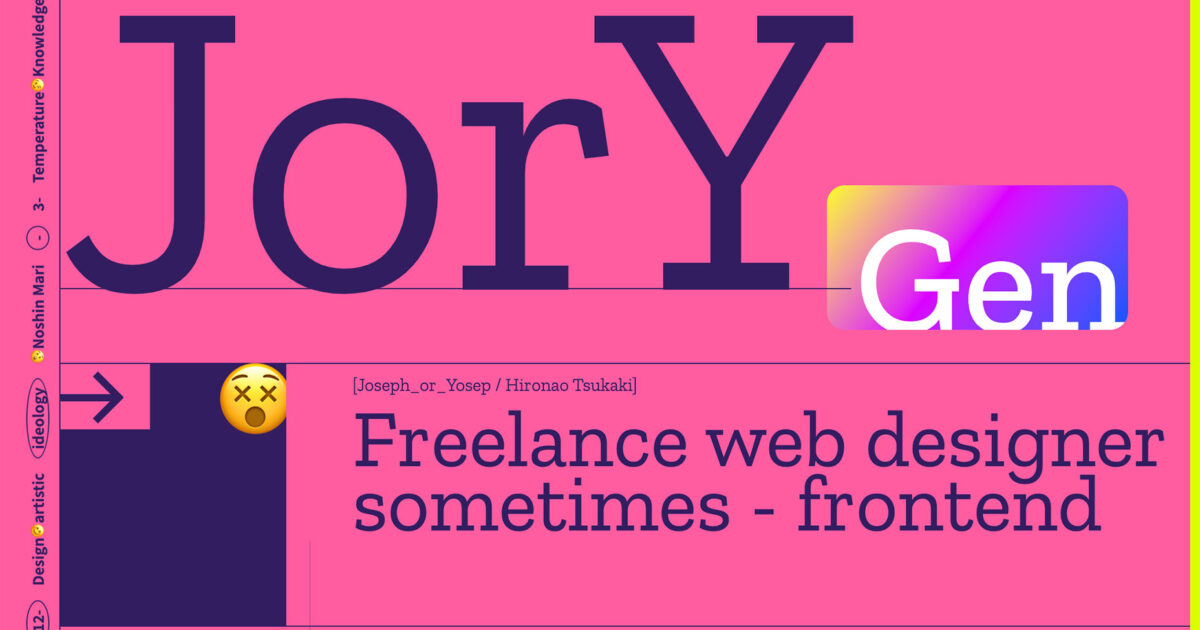
Creating a design system is a smart move, but when you combine it with Agile methodology it’s even more effective. We’re talking more cohesive workflows and a higher quality end result.
But how does this work, exactly? And what all is involved in the process of combining the two? That’s what we’ll explore here today.
Before we talk about the “how to” though let’s explore a couple of definitions so we’re all on the same page.
What is a Design System?



A design system is a set of standardized components and guidelines used in designing and developing apps or websites. It serves as an all-in-one reference point, ensuring consistency across all teams and projects.
These systems often include:
- A library of visual style guidelines such as color palettes, typography, and iconography
- UI components
- Coding standards
They are designed to be scalable and reusable, making them a fantastic way to ensure brand consistency in development.
What is Agile Methodology?
Agile methodology is a project management and product development approach that is both iterative and incremental. It values collaboration, customer feedback, and flexibility to adapt to changes.
It works by segmenting projects into manageable units, which are carried out in work cycles that run from the initial design through to testing and quality control. Known as sprints, these cycles generally extend from 1-4 weeks.
How Can Agile Be Used with a Design System?



Agile is all about adaptability and responding to user feedback, while design systems offer a coherent set of design guidelines and components. Together, they ensure websites and apps are not only built quickly but also maintain high quality and consistency.
In practice, integrating Agile into design systems takes – wouldn’t you have guessed it – a systematic approach. Here’s how to do it:
Step 1: Start With a Customer-Centric Approach
Agile prioritizes user needs and feedback at every stage. When integrating Agile with a design system, start by focusing on understanding and addressing your users’ problems. This approach ensures your design decisions are informed by real user needs, leading to a site that genuinely resonates with them.
Step 2: Integrate Continuous Usability Testing
Incorporate usability testing throughout the development process, not just at the end. This means regularly checking in with your site visitors to gather feedback on your designs and making adjustments as needed. Continuous testing helps identify issues early, ensuring the final product is both functional and user-friendly.
Step 3: Make Design an Must-Have Part of Agile Workflows
Design should be woven into the fabric of your Agile process. This means considering design at every sprint and ensuring design tasks are aligned with development tasks. According to Dmitri Atrash, doing this can ensure that design and development progress occur side-by-side, leading to more cohesive and high-quality outcomes.
Step 4: Prioritize Collaboration Between Designers and Developers
Encourage designers and developers to work closely together. This collaboration can take the form of joint brainstorming sessions, design reviews, and regular check-ins. By working together, both teams can ensure that designs are not only visually appealing but also technically feasible.
Step 5: Adopt Agile Design Sprints
As we already discussed, design sprints are an effective way to quickly prototype and test design concepts. These short, focused periods of design activity help teams rapidly iterate on ideas, ensuring that the design evolves in response to user feedback and project needs.
Step 6: Use Design Systems and Style Guides
To maintain consistency, rely on the design systems and style guides you’ve built throughout the Agile process. No really, actually use them! These tools help ensure that everyone is using the same design language and standards. Think of it this way: the collaboration should work both ways – Agile should be built into the design system and the design system should be incorporated into each sprint.
Step 7: Encourage Open and Clear Communication
Effective communication between designers, developers, and clients is a must. You need to be sure everyone is on the same page regarding the project goals, design decisions, and changes. Regular meetings and updates can help maintain transparency and ensure any design changes are clearly understood and implemented.
Challenges of Integrating Agile into Design Systems



While the integration of Agile into design systems offers a ton of benefits, it’s not without its challenges. Understanding these obstacles and strategizing ways to get around them can save you a lot of headaches.
Here are some scenarios, the challenges they present, and solutions for coping with them.
Recognizing Different Mindsets and Processes
Agile and design systems come from different worlds. Agile thrives on speed and adaptability, pushing for rapid development cycles. But design systems focus on consistency and comprehensive planning, ensuring every element adheres to established standards. So what on earth are you to do?
Solution: Bridge this gap by building a culture of flexibility and mutual respect. Encourage teams to embrace both the Agile mindset of rapid iteration and the design system’s emphasis on consistency. Workshops and joint sessions can help get everyone on the same page.
Overcoming Communication and Collaboration Hurdles
Effective collaboration between teams with differing focuses can be tricky. And without a common language or clear communication, goals can be lost and processes can get muddy.
Solution: Implement regular, structured check-ins and encourage open dialogue. Use tools and platforms that encourage collaboration and ensure all team members have a say. Establishing a shared glossary of terms can also help bridge the communication gap across departments and skill levels.
Balancing Speed with Quality
Agile’s quick pace sometimes risks the depth and quality of design. Rushing through design tasks to keep up with development sprints can compromise a site’s overall design integrity.
Solution: Prioritize tasks and set clear quality benchmarks. It might mean allowing more time for certain design phases or integrating design work more fluidly across sprints to ensure quality isn’t sacrificed for speed.
Incorporating User Feedback
Agile also relies on user feedback to guide development, but seamlessly integrating this feedback into the design can be challenging. Collecting, interpreting, and acting upon feedback needs to be timely and effective.
Solution: Establish a robust feedback loop where user input is gathered systematically and reviewed regularly. This might involve more frequent testing cycles or dedicated sessions to dissect feedback and decide on actionable items.
Managing Resource Allocation and Workloads
Agile’s iterative nature can sometimes make workloads unpredictable, leading to resource allocation challenges. Ensuring design teams are not overburdened while keeping pace with development requires careful planning, too.
Solution: Use Agile planning tools to forecast workloads and resource needs more accurately. Encourage transparency within the team regarding capacity and workload to adjust allocations as needed proactively.
Adapting to Changing Requirements
The flexibility built into Agile methodology regarding changing requirements can clash with the design system’s need for stability and predictability. Finding a middle ground where design can adapt without losing the plot, so to speak, is essential.
Solution: Develop a modular approach to your design system that allows for adaptability. This could involve creating design components that can be easily updated or extended without overhauling the entire system.
Learn More About Implementing Design Systems
If you want to get more info on the practicalities of setting up a design system, we’ve covered that extensively in the past, including how to set them up with Figma and Adobe XD:
Agile Design Systems Offer Even Greater Efficiency
Integrating Agile methodologies into design systems can lead to more responsive, user-centered, and innovative web designs. This combined approach takes the best of Agile’s iterative and flexible approach and the structured and user-focused nature of design systems to create apps and websites that are not only technically sound but also deeply resonate with users.
This fusion encourages a collaborative culture, ensures continuous improvement, and makes sure your projects are always keeping the end user in mind. And it’s well worth the time to set up if it means building better processes









Recent Comments